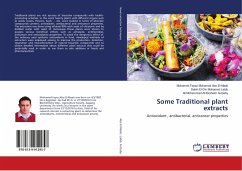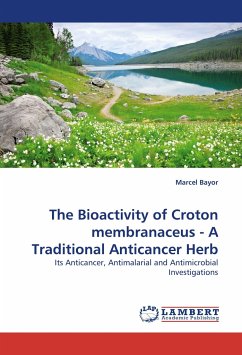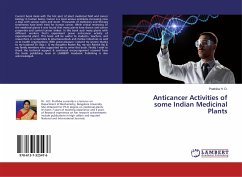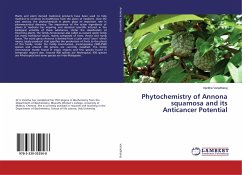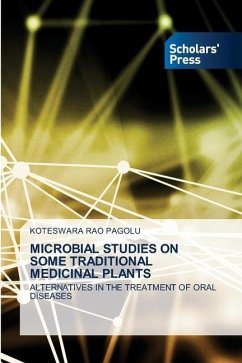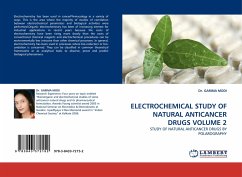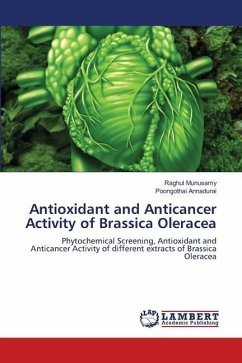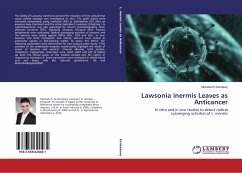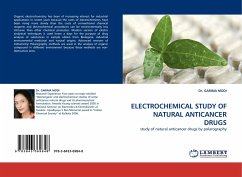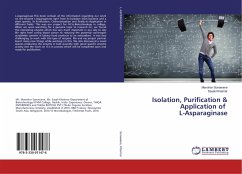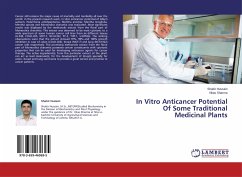
In Vitro Anticancer Potential Of Some Traditional Medicinal Plants
Versandkostenfrei!
Versandfertig in 6-10 Tagen
27,99 €
inkl. MwSt.

PAYBACK Punkte
14 °P sammeln!
Cancer still remains the major cause of mortality and morbidity all over the world. In the present research work, in vitro anticancer potential of Allium sativum, Holarrhena antidysenterica, Mentha arvensis, Mentha longifolia, Mentha spicata and Momordica charantia was evaluated. Most significant results was displayed by the methanolic extract from the floral part of Momordica charantia. This extract was observed to be most cytotoxic to a wide spectrum of seven human cancer cell lines from six different tissues (A-549, COLO-205, MCF-7, NCI-H322, PC-3, THP-1, U-87MG). The striking observations ...
Cancer still remains the major cause of mortality and morbidity all over the world. In the present research work, in vitro anticancer potential of Allium sativum, Holarrhena antidysenterica, Mentha arvensis, Mentha longifolia, Mentha spicata and Momordica charantia was evaluated. Most significant results was displayed by the methanolic extract from the floral part of Momordica charantia. This extract was observed to be most cytotoxic to a wide spectrum of seven human cancer cell lines from six different tissues (A-549, COLO-205, MCF-7, NCI-H322, PC-3, THP-1, U-87MG). The striking observations were that the extract showed 97%, 99% and 100% growth inhibition in case of colon (COLO-205), breast (MCF-7) and lung (NCI-H322) cancer cells respectively. This promising methanolic extract from the floral part of Momordica charantia possesses certain constituents with cytotoxic properties that can be used for developing anticancer agents for cancer therapy. The active ingredient(s), from this particular extract of the plant can act as lead molecule(s), for the development of drug(s) specially for colon, breast and lung carcinoma to provide a great service and promise to cancer patients.



